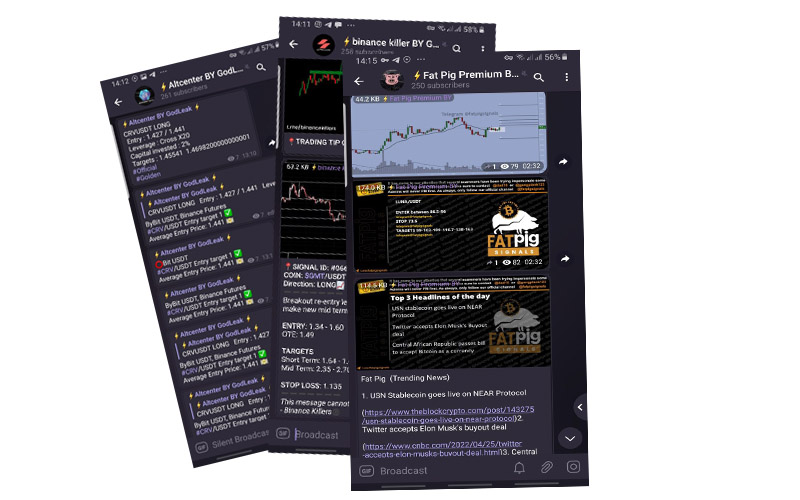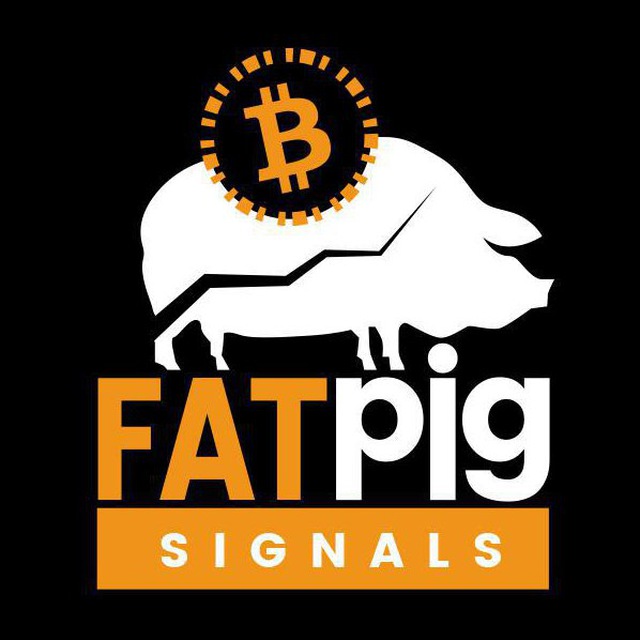Ethereum is like ‘Amazon in the 1990s’ — 21Shares

“Just as Amazon evolved beyond books to redefine entire industries, Ethereum may also surprise us with revolutionary use cases that we can’t fully envision today,” one 21Shares executive said.
Wall Street investors are still largely unaware of Ethereum’s potential, akin to Amazon in the early nineties before it became a $2 trillion tech giant, according to a research analyst at crypto asset manager 21Shares.
Spot Ether exchange-traded funds launched in July but have seen relatively small inflows compared to spot Bitcoin ETFs.
Leena ElDeeb, Research Analyst at 21Shares, tells that large inflows into ETH ETFs will only happen once Ethereum’s potential is understood.
Ethereum is “complex, akin to Amazon in the 1990s — promising vast potential but less straightforward in its use cases,” Eldeeb said.
While Amazon started as an online bookstore, “few could have predicted that it would transform into a global e-commerce and cloud computing giant, reshaping how we shop and use digital services,” Federico Brokate, vice president and head of the US business unit at 21Shares added.
Similarly, Ethereum began as a platform supporting basic smart contracts and now supports over $140 billion worth of decentralized finance applications since launching in 2015.
“Just as Amazon evolved beyond books to redefine entire industries, Ethereum may also surprise us with revolutionary use cases that we can’t fully envision today.”
While Ethereum’s $320 billion market cap is only 6.25% of Amazon’s $2 trillion valuation, Brokate notes one advantage Ethereum had over Amazon in the 1990s is the vast pool of talent working to make the network useful.
“By the end of the 1990s, Amazon employed around 7,600 people. In contrast, the Ethereum network today features over 200,000 active developers — including software engineers, researchers, and protocol designers — all contributing to its evolution,” said Brokate, adding:
“Amazon has grown to employ over 1.5 million people worldwide — growth we may see paralleled in the Ethereum ecosystem.”
While Ethereum has been challenged by Solana and other layer-1 competitors, it still dominates in the world of decentralized exchanges, borrowing and lending, stablecoin and real-world asset markets.
Get to know Godleak
Godleak crypto signal is a service which provide profitable crypto and forex signals. Godleak tried to provide you signals of best crypto channels in the world.
It means that you don’t need to buy individual crypto signal vip channels that have expensive prices. We bought all for you and provide you the signals with bot on telegram without even a second of delay.

Godleak crypto leak service have multiple advantages in comparision with other services:
- Providing signal of +160 best crypto vip channels in the world
- Using high tech bot to forward signals
- Without even a second of delay
- Joining in +160 separated channels on telegram
- 1 month, 3 months , 6 months and yearly plans
- Also we have trial to test our services before you pay for anything
For joining Godleak and get more information about us only need to follow godleak bot on telegram and can have access to our free vip channels. click on link bellow and press start button to see all features
Join for Free
☟☟☟☟☟
https://t.me/Godleakbot
Also you can check the list of available vip signal channels in the bot. by pressing Channels button.
BlackRock, the world’s largest asset management firm, has tokenized over $533 million worth of money market funds on Ethereum. Recently, the Union Bank of Switzerland rolled out a tokenized fund of its own on Nov. 1.
Payment firms PayPal and Visa are also building on Ethereum.
Yet, “only a few investors understand Ethereum’s potential,” and many have chosen to “remain on the sidelines” with the spot Ether ETFs for the time being, Brokate noted.
Short-term investors are still “cautious” and will be less inclined to invest in spot Ether ETFs until there’s “greater clarity” over Ethereum’s potential and use cases, ElDeeb added.
“[However,] we remain optimistic that as the market matures and Ethereum’s diverse applications grow, investor sentiment and adoption will follow a similar path of sustained growth.”
Inflows into the spot Ether ETFs were 9% of what the spot Bitcoin ETFs managed over the first 90 days when excluding Grayscale outflows, noted Katalin Tischhauser, Head of Research at Sygnum Bank.
This was largely expected due to the short marketing period, investors still “digesting” the spot Bitcoin ETFs, and the United States securities regulator not allowing staking, Tischhauser told Cointelegraph.
But the picture could look very “different” in 12 months when investors will have had more time to consider Ethereum’s bull case, Tischhauser said.
For that reason, she isn’t concerned with the number of spot Ether ETF issuers that have consistently recorded “0” flows of late.
“It would be way too soon to talk about delisting, traditional investors need time.”
21Shares is one of eight US spot Ether ETF issuers and has amassed $21.9 million of net inflows.
The lack of institutional flows may be attributed to Ethereum’s layer 2 scaling strategy which is eating into the Ethereum mainnet’s revenue, Tischhauser said.
CK Zheng, chief investment officer of crypto hedge fund ZX Squared Capital, told Cointelegraph that Ethereum’s falling revenues may not sit well with many Wall Street investors who like implementing cash flow analyses for valuation purposes.
But similar to how Amazon recorded losses quarter after quarter in the 1990s, Brokate isn’t worried about Ethereum’s recent revenue woes because its layer 2 scaling strategy is onboarding millions of new customers at low costs.
Eventually, fees from layer 2s will become “substantial enough” to restore Ethereum mainnet fees to levels seen before blobs were introduced, Brokate said.








